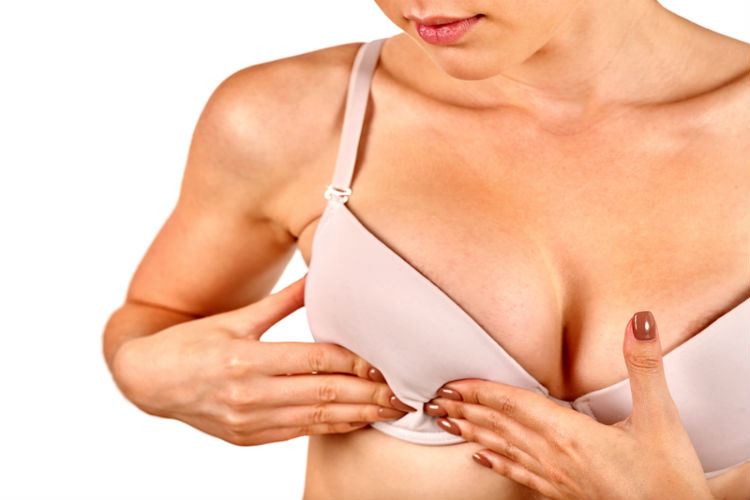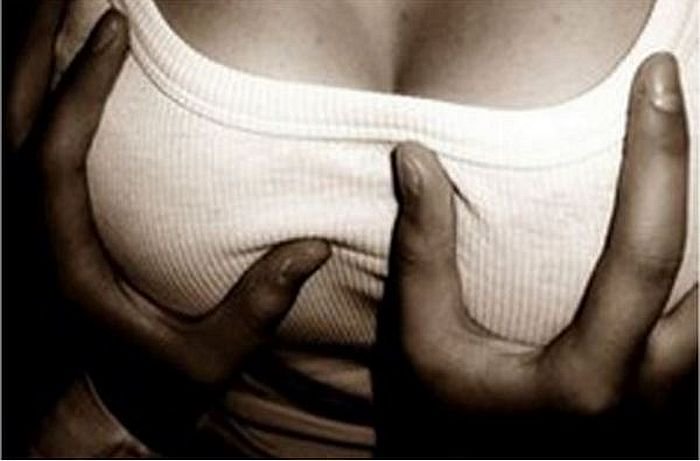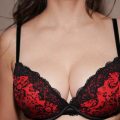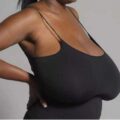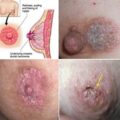Breast development is a vital part of puberty in females. It occurs in stages: first before birth, then during puberty, and then again during the childbearing years. Changes also occur to the breasts during menstruation and when a woman reaches menopause.
Breast size is unique to each woman and is influenced by several factors, including genetics, nutrition and diet, weight and body mass index(BMI), fitness level, and age. A woman’s breast size is not constant and often varies depending on her menstrual cycle and whether she is pregnant or nursing.
Arguably, the best way to determine the average breast size in a country is to examine the sales numbers for the various sizes of bras being sold.
While there are at least six different bra-sizing systems in use worldwide (the easiest example being that some countries use inches, such as 34C, and other countries measure in centimeters, such as 70C), bra sizes are generally expressed by cup sizes.
As a rule, the number represents the horizontal measurement around the “band” or “underbust” area just underneath the breasts. To determine cup size, fitters measure around the fullest part of the breast (typically in line with the nipples) and compare that to the underbust. The greater the difference between these measurements, the larger the cup size. These measurements are usually expressed in letters, with A cups being the smallest and moving upward through the alphabet to D (or higher) from there.
Does Sagging affect size?
When perfectly-shaped breasts begin to sag, it can impact your appearance and self-confidence. Though it is said that this physical process would usually set in during your 40s, certain lifestyle factors can lead to breast sagging at a younger age too. Losing and gaining weight rapidly, lifestyle factors and even the way you sit or sleep can contribute to losing breast firmness.
Breasts are made of several different types of tissue, including fat, glands, and support structures, and all of these can influence the texture of the breast. The majority of your boob is fat—or if you want to be all scientific about it, adipose tissue. Floating in this sea of adipose are little clusters called lobes. Lobes are made of lobules, which produce milk if you’re breastfeeding. According to the National Breast Cancer Foundation, there are 12 to 20 lobes in each breast. The lobes are connected to the nipple by milk ducts. The whole network is supported by connective tissue.
As a sexual organ, the breasts have been known to give immense pleasure to both men and women during sexual encounters. In fact, some women have reportedly disclosed that they are capable of achieving orgasm even when thoroughly stimulated through sucking and caressing of the breasts alone.
The love hormone, oxytocin, is released when the breast is massaged. This also helps in alleviating stress and depression and can also lead to the feeling of being happy.
Several changes can force the youthful, perky breasts to typically give way to saggier breasts.
Age: As a woman gets older, the ligaments that make up the breast tissue stretch and lose elasticity. As a result, breast fullness is compromised as the underlying support system of tissue and fat diminishes. A change may be particularly evident during menopause.
Gravitational pull: Years of gravitational pull take their toll, especially on women with larger breasts.
Lack of proper support: Wearing a supportive bra is important to maintaining breast shape and lift. “Lack of proper support will take its toll over a 30- to 40-year period.
Smoking: Carcinogens in cigarette smoke cause elastin to break down in the body. These elastin fibers are responsible for skin elasticity throughout the body.
Sunburn: Ultraviolet rays damage the skin and cause loss of elasticity as well.
Weight gain: Major fluctuations in weight can cause unnecessary stretching of the breasts. Maintaining a healthy weight will help women avoid the progression of unnecessary stretching.
Does pressing breasts cause an increase in size?
No, pressing breasts does not cause increased size. Breast development begins between the ages of 8 and 13. A girl’s breasts are typically fully developed by age 17 or 18, however, in some cases, they can continue to grow into her early twenties.
As a girl approaches her teen years, the first visible signs of breast development begin. When the ovaries start to produce and release (secrete) estrogen, fat in the connective tissue starts to collect. This causes the breasts to enlarge. The duct system also starts to grow. Often, these breast changes happen at the same time that pubic hair and armpit hair appear.
Once ovulation and menstruation begin, the maturing of the breasts begins with the formation of secretory glands at the end of the milk ducts. The breasts and duct system continue to grow and mature, with the development of many glands and lobules. The rate at which breasts grow is different for each young woman.
| Female breast developmental stages | Description |
| Stage 1 | Preteen. Only the tip of the nipple is raised. |
| Stage 2 | Buds appear, and breasts and nipples are raised. The dark area of skin around the nipple (the areola) gets larger. |
| Stage 3 | Breasts are slightly larger, with glandular breast tissue present. |
| Stage 4 | The areola and nipple become raised and form a second mound above the rest of the breast. |
| Stage 5 | Mature adult breast. The breast becomes rounded and only the nipple is raised. |
There is no evidence that pressing the breast can help increase size. However, studies indicate that traditional Thai breast slapping can increase breast fullness by 4 within 3-6 months of continuous treatment.


